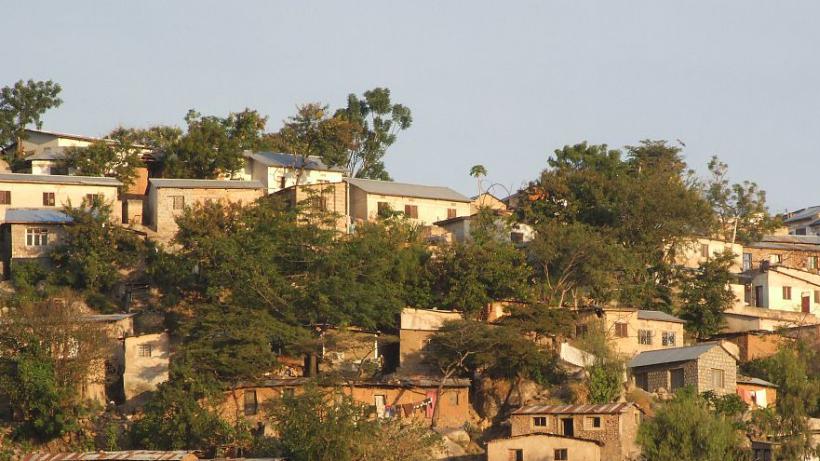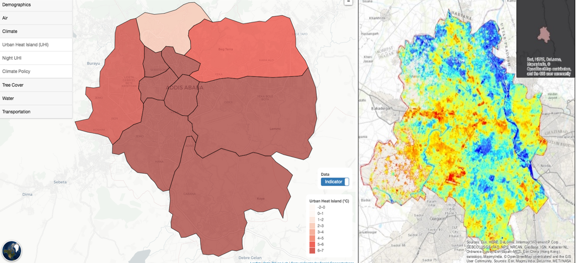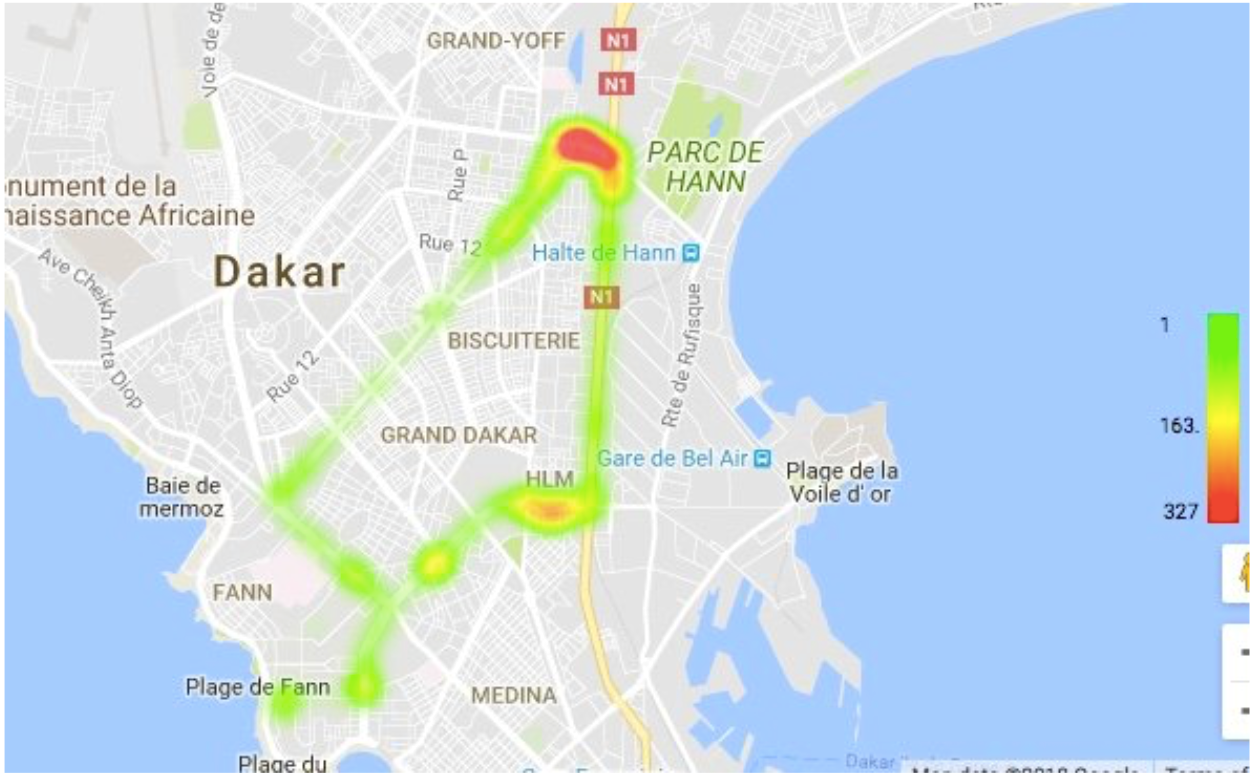
Treedistribution: Combatting environmental inequality in cities
Inequality is not a recent phenomenon. One root of inequality can be traced back to pre-historic urban civilisations, where grain stores varied in size and the grain-wealthy clustered together in particular locations. But with the increasing importance of inequality across and within countries over time, governments have often first turned their attention to addressing the income and wealth gaps of citizens, leaving an important element less scrutinised, that of environmental inequality.
While global economic inequality has reduced largely due to China and their national policymakers, the role for sub-national government in reducing monetary inequality is less clear. With relatively greater mobility of citizens across a country, sub-national taxes to redistribute income and wealth are unlikely to resolve regional differences, and instead may incentivise clustering of the rich in less punitive areas.
One area in which sub-national policy offers more promise is that of environmental inequality. This is particularly crucial as urban areas are likely to be where global warming is felt most, with roads and concrete buildings absorbing much more heat than their rural leafy counterparts. Sub-Saharan Africa and South Asian cities in particular are due to see considerable temperature rises. Nairobi, Kenya, for example, will see temperatures rising by up to 4.4 degrees Celsius between now and 2050. These changes do not just harm the environment – they have far reaching effects on the economy. Estimates across five cities expect 20% of effective working hours in 2050 to be lost due to heat reducing labour productivity.
Sub-national environmental inequality
Inequality resulting from the effects of climate change will of course be largely felt at the global level since climate change is regressive in nature. Those countries around the equator, with vulnerable geography and a more limited government ability to address these issues, will suffer from changes the most. By contrast, high emitting countries are typically better able to address, and better shielded from, the environmental consequences. Globally, consequences will be disproportionately felt.
On top of this, at a city level, the effects of climate change are also disproportionately felt. Some citizens and neighbourhoods bear the burden of temperature rises and changes in environmental circumstance more than others. The Urban Environment and Social Inclusion Index (UESI) has detailed evidence of a number of environmental issues in cities, analysing where the burden falls. Often, it is the vulnerable urban poor, much like the vulnerable global poor, who will shoulder the greater burden. This is particularly the case with urban heat island effects and urban air pollution.
A solution: Targeted tree planting
Fortunately differences in urban temperature and air pollution within cities can both be addressed with one key policy: planting trees.
Tree planting can cool urban areas by between five and 20 degrees, by creating shade and absorbing heat from the air. At the same time, they reduce air pollutants by absorbing the chemicals for us. Furthermore, planting trees can have a positive wealth creation effect, increasing land values and in some cases being the most important indicator of attractiveness in a community. In California, there has been up to $4.50 increases in property values for every $1 spent on tree planting and maintenance.
Crucial for policymakers in addressing environmental inequality with treedistribution is where they plant them.
Mitigating urban heat islands
Lines of trees alongside houses may beautify streets and provide shade to certain homes, but it is when trees grow together that the effect on urban heat island is largest. Public parks are therefore best for cooling. Policy in cities should reflect this, particularly placing parks in neighbourhoods where the heat inequality is worse as temperatures are higher than their peers – such neighbourhoods Figure 1 indicates.
 Figure 1: Urban Heat Island inequality in Addis Ababa, Ethiopia: Areas in dark red have substantially higher temperatures & Delhi, India
Figure 1: Urban Heat Island inequality in Addis Ababa, Ethiopia: Areas in dark red have substantially higher temperatures & Delhi, India
Reducing air pollution
Air pollution is another area of environmental inequality. The most ethnically diverse and deprived neighbourhoods in the UK are those that are most polluted. As the filtering pollutant removing effects of leaves are fairly localised, tree-planting policy should match this, with locally targeted planting of trees. Again, targeting neighbourhoods where high air pollutant is shown – for instance at the traffic intersection in Figure 2’s map of Dakar, will help reduce environmental inequalities.
 Figure 2: Particle Matter 10 (PM10) air pollution map in Dakar, Senegal
Figure 2: Particle Matter 10 (PM10) air pollution map in Dakar, Senegal
Carbon capture?
If a city wants to contribute to global carbon capture, the use of urban land for the task is inefficient. Although trees take in carbon from the atmosphere, 80% of terrestrial carbon is stored in the soil and root network – a network which is difficult to develop in dense urban form. The carbon sequestration from trees on street sides are few, and they too, like city buildings, must be connected in dense form to deliver their benefits. For carbon capture, large biodiverse spaces outside of city boundaries are the best ways to draw in emissions.
Local public policy response to reducing environmental inequality
At a global scale, city policymakers are only able to act upon and deliver change over one-third of their emissions. Many policies around climate change are not in the control of cities. However, there is considerable opportunity for city policymakers to act upon local environmental issues.
Treedistribution, ensuring negative effects of climate change do not overburden the poor and vulnerable of cities, can be a key element in improving urban livelihoods. Planting trees is cheap, they build themselves, are effective, and provide quick short-term benefits to the varied and unequal results of our fossil fuel burning. However, planting blindly targeting tree numbers rather than place-based outcomes misses a key opportunity to build resilient and cohesive communities. Climate change may ultimately effect us all equally, but for now, environmental inequality means it effects some of us more than others. We must respond as such.
Editor's Note: This blog is part of the IGC’s 10 year celebration series. This blog is linked to our work on cities driving growth.

